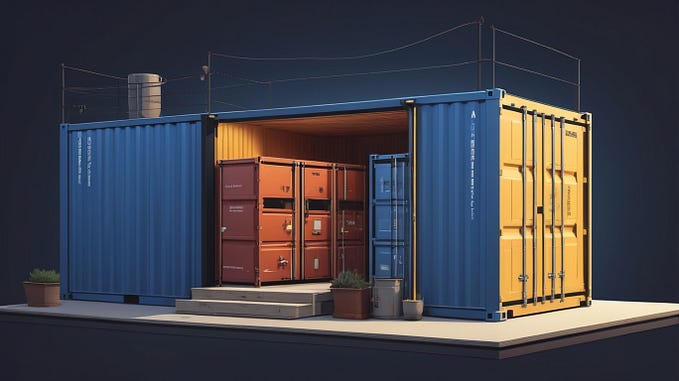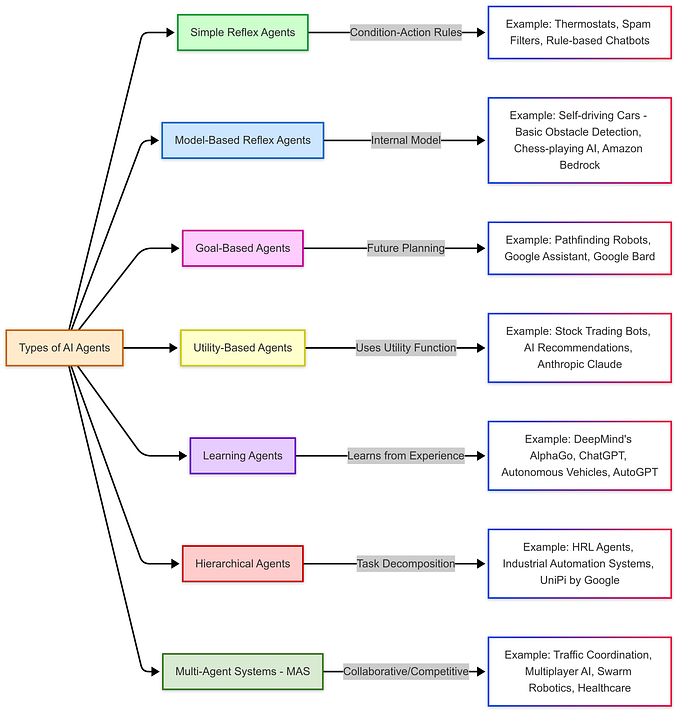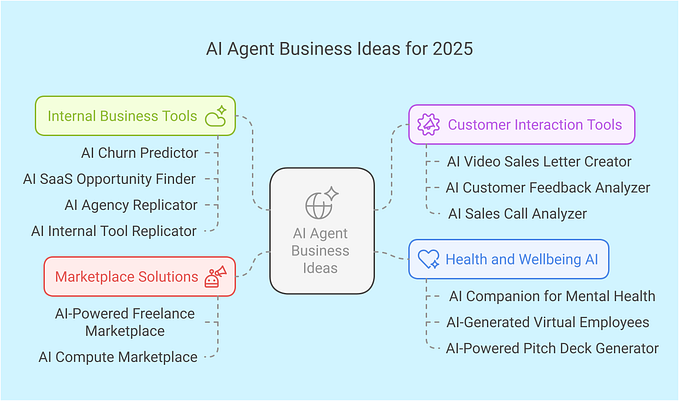Multi-Instance Learning for Biomedical Image Analysis

In the field of biomedical image analysis, researchers often face the challenge of analyzing images that contain multiple instances of an object of interest. For example, in histopathology images, a tissue sample may contain many cells, each of which needs to be classified as either normal or abnormal. Traditional machine learning techniques, which assume that each data sample is independent and fully annotated, are not well suited for this type of problem.
Enter multi-instance learning (MIL), a machine learning paradigm
that addresses the problem of analyzing data sets where each sample is a bag of instances, rather than a single instance. In MIL, the goal is to learn a classifier that can predict the label of a bag (e.g., normal or abnormal tissue), based on the labels of its constituent instances (e.g., normal or abnormal cells).
How Does MIL Work?
In MIL, the learning algorithm is given a set of labeled bags, each containing a set of instances. The labels of the instances are not provided, only the label of the bag as a whole. The algorithm must then learn a classifier that can predict the label of a bag based on the labels of its instances.
There are two main approaches to MIL: instance-based and bag-based.
Instance-Based MIL
In instance-based MIL, the learning algorithm first assigns a weight to each instance in a bag, based on its relevance to the bag’s label. The classifier is then trained on the weighted instances, rather than on the bags themselves. This approach has the advantage of being able to leverage the full set of instance-level information, but it can be sensitive to noise in the instance labels and requires a good weighting scheme to be effective.
Bag-Based MIL
In bag-based MIL, the learning algorithm aggregates the information from the instances in a bag in some way (e.g., by taking the maximum or average of the instance labels) and uses the aggregated information to train the classifier. This approach is less sensitive to noise in the instance labels, but it may not be able to fully exploit the information contained in the instances.
Applications of MIL in Biomedical Image Analysis
MIL has been applied to a wide range of problems in biomedical image analysis, including:
- Classification of histopathology images
- Detection of abnormalities in mammography images
- Segmentation of cells in microscopy images
One of the main advantages of MIL is that it allows the use of weakly-labeled data, where only the label of the bag is known, but the labels of the instances are not. This is often the case in biomedical image analysis, where it can be time-consuming and expensive to manually annotate each instance in an image.
Weakly Supervised Classification
In traditional supervised machine learning, each data sample is fully annotated with a label. However, in many real-world applications, it may be difficult or expensive to obtain fully-annotated data. In such cases, weakly supervised learning approaches can be used to learn classifiers from partially or weakly labeled data.
One common type of weakly supervised learning is weakly supervised classification, in which the training data consists of examples that are partially labeled or labeled at a higher level than the desired classification. For example, in the context of biomedical image analysis, the training data may consist of images that are labeled as either “normal” or “abnormal,” but the individual instances within the images (e.g., cells) are not labeled.
Weakly supervised classification methods aim to learn a classifier that can predict the labels of partially or weakly labeled data by leveraging additional sources of information, such as the relationship between the data and its label, the internal structure of the data, or the availability of large amounts of unlabeled data.
Public Projects on GitHub
There are several open-source MIL-based projects available on GitHub that can be used for biomedical image analysis:
- MIL-Nature-Inspired Algorithms: A collection of MIL algorithms inspired by nature, including genetic algorithms, artificial immune systems, and swarm intelligence.
- milk: A Python library for MIL that provides a range of instance- and bag-based classifiers, as well as utilities for performance evaluation and data preprocessing.
- MILToolbox: A MATLAB toolbox for MIL that includes a variety of instance- and bag-based classifiers, as well as utilities for performance evaluation and data preprocessing
References
- Zhang, M. L. (2002). Multi-instance learning. In Proceedings of the 15th international conference on machine learning (pp. 515–522).
- Maron, O., & Lozano-Pérez, T. (1998). A framework for multiple-instance learning. In Proceedings of the 15th international conference on machine learning (pp. 515–522).
- Zhou, Z. H., & Li, M. (2003). Ensemble methods for multi-instance learning. In Proceedings of the 20th international conference on machine learning (pp. 1073–1080).
- Andrews, S., Tsochantaridis, I., & Hofmann, T. (2003). Support vector machines for multiple-instance learning. In Advances in neural information processing systems (pp. 929–936










